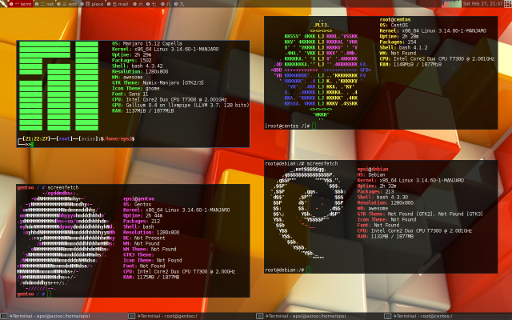Description: A cheap way to learn different package management from major linux distribution using Linux Container.
Once upon a time, a rookie desire to install different linux distribution. People usually told that rookie to pick one of this two options:
-
Multi Boot. Install in different partition.
-
Virtual Machine. As a Guest OS.
The issue with Multiboot is you don’t want to mess your system with too many partition, even if you can. I have 4 OS(s) in my notebook, and I don’t want to risk data just to install different distribution. It is technically safe, but I avoid to.
Virtual Machine is slugish. Guest OS ate my RAM, ate my processor. For a low-cost-notebook, VM is not a comfortable environment to work with.
There are other options.
-
Docker
-
Linux Container (LXC)
Both are quite similar, although the approach is different. I found LXC is easier to setup and also lighter. CMIIW, I haven’t tried docker yet. Both won’t give you full blown comfortable Desktop Environment as Multiboot/VM does, but are enough for learning console based stuff, and even good enough for server.
I have seen a few linux distribution, all I can say is the applications are the same. But there are interesting difference between major distribution, it is how they manage their packages.
LXC have the ability to install different distribution in user space in your distribution. One host, many guest. From my Manjaro partition.
I have: Debian,/Ubuntu, Centos, and Gentoo. All running seamlessly. But I failed to install Fedora (mirror problem) and OpenSUSE (after manually compiling zypper). Plamo also installed succesfully, but I don’t have any exerienced with slackware package management. LXC is great, but some templates need to be updated. Not perfect, but it helps a lot.
Link.
Here is my screenshot.
Between VM, LXC, Docker, Multiboot. What do you think of LXC as cheap way to learn about other distribution ?
Thank you for reading.

